Winner of the 2022 WLA Awards – Merit Award in the Concept – Analysis & Planning category
The Parc Jean-Drapeau 2020-2030 Conservation, Design, and Development Management Plan represents a marked change in the mission and vision for Montreal’s oldest and largest urban park. Comprised of two islands in the Saint Lawrence River and situated adjacent to Old Montreal, near downtown, Parc Jean-Drapeau is known for holding large-scale international events such as Expo 67 and the Grand Prix and for its iconic landmarks, such as Buckminster Fuller’s Biosphere.
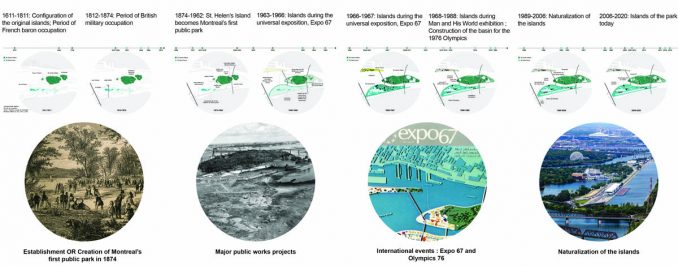
Despite its storied history, Parc Jean-Drapeau has long suffered from a paradox of chronic neglect and intense, one-off modifications that failed to respect its essence as an insular urban public park. Over previous decades, due to a lack of a master plan to guide development, the natural areas and heritage buildings degraded, and the park became more fragmented as private uses took hold of public spaces.
A massive public outcry against a plan to develop a large open-air amphitheatre on Saint Helen’s Island in 2017 served as the catalyst for the development of the master plan. This major project, approved without any public consultation, included the removal of approximately 1,000 mature trees in the heart of the island and the destruction of an ecological water feature. The result is an expansive, mineralized surface that accommodates up to 65,000 spectators.
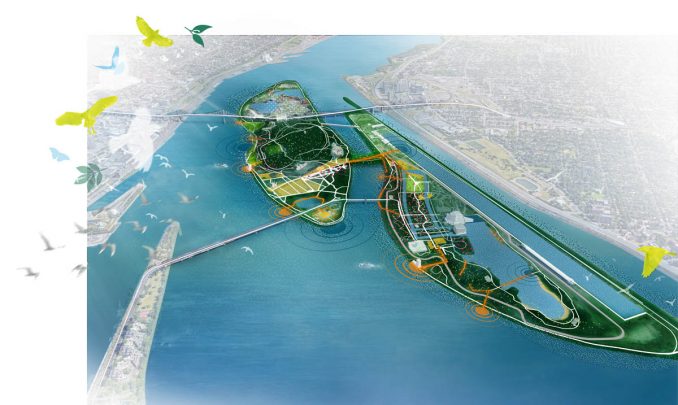
This amphitheatre project galvanized one of the most extensive public consultation processes in Montreal’s history and raised awareness about the park: the degraded condition of its green spaces due to a combination of overuse and neglect, the disconnection between residents and the park as a public place, and the lack of a shared vision or identity. The Parc Jean-Drapeau Master Plan responds directly to the recommendations from this public consultation and commits to regenerate, reconnect, and reinvent the park in such a way that reinforces its genus loci and renews it as an emblematic public park for everyone.
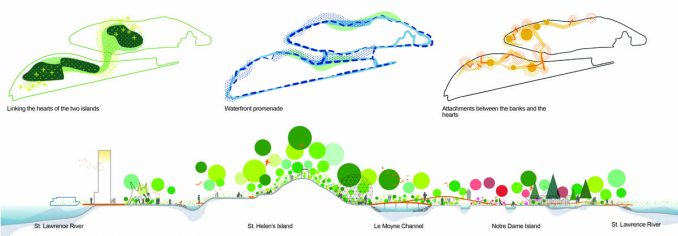
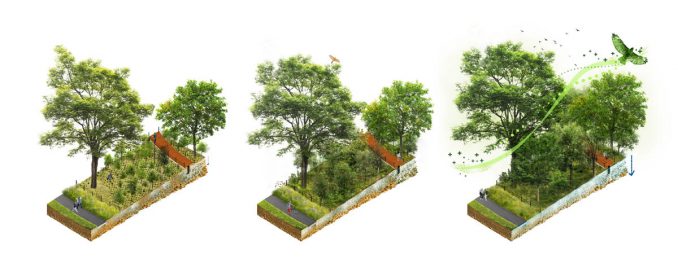
The recommendations from the public consultation inspired the concept planning process from problem-definition to design solutions. Given the complexity of the site, the diagnosis and analysis involved multi-disciplinary teams of experts and encompassed a review of the complete evolution of the park, including histories, ecosystems (natural and constructed), functions, and mobility options. Anchored in this rigorous and systematic approach and developed through collaborative, iterative design processes, the concept design plan as presented in the Master Plan reflects a holistic understanding of the park, its landscapes, and its components.
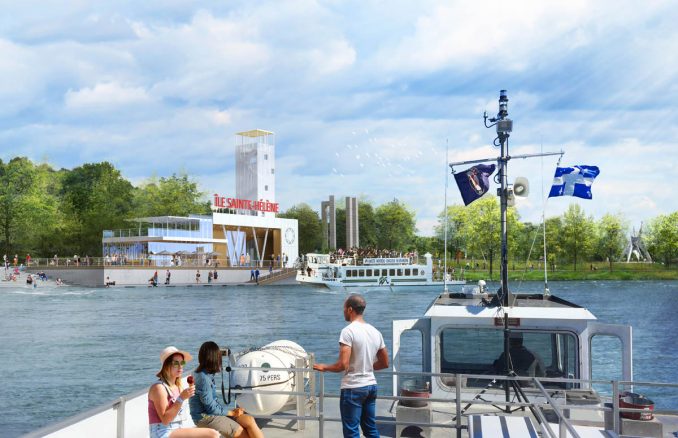
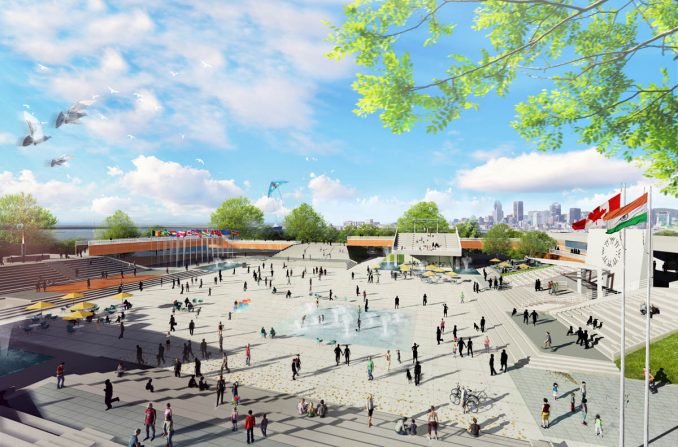
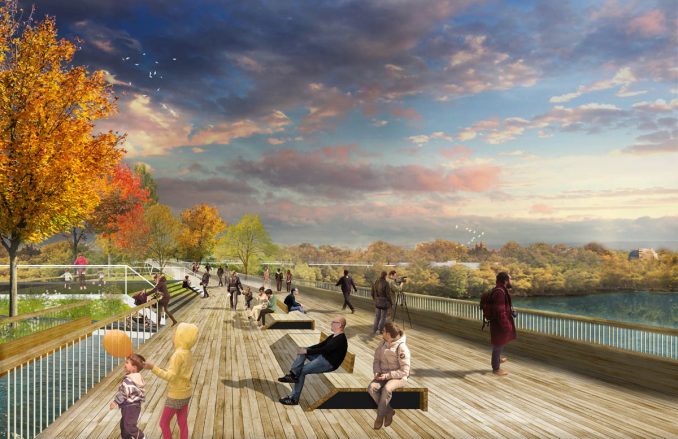
By placing ecological transition, diversity, and inclusion among its guiding principles, and sustainable development and conservation among its primary strategic objectives, while also incorporating indigenous perspectives, the Master Plan provides the framework to guide decision-making across the organization. Tangible results of the Master Plan include creating ecological corridors, replacing parking lots with forest prairies, adopting sustainable management practices, enhancing productive habitat landscapes, implementing a sustainable mobility plan, and connecting spaces through pathways. The revitalization of Parc Jean-Drapeau aims to transform the identity and experience of this large urban public park so it may serve public health and collective well-being for generations to come.
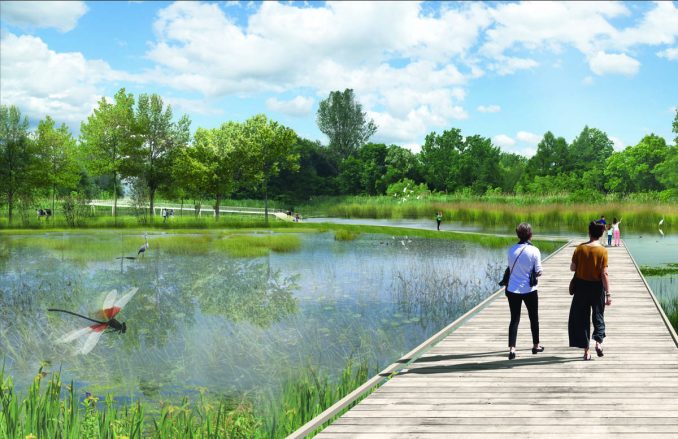
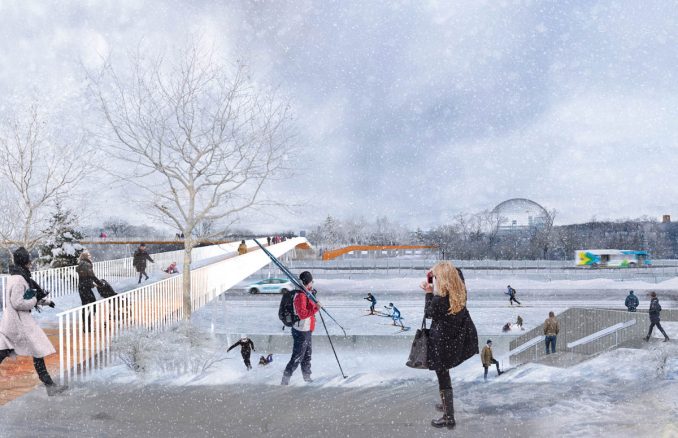
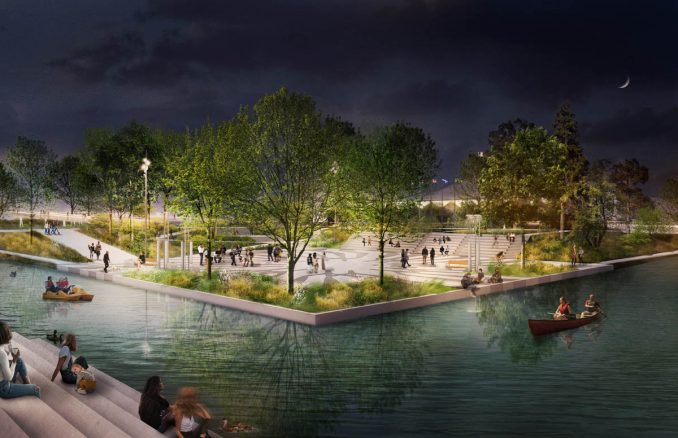
Parc Jean-Drapeau 2020-2030 Conservation, Design and Management Plan
Landscape Architects: NIPPAYSAGE
Collaborators:
Architect: Réal Paul architect
Biologists: Biodiversité Conseil
Lighting: ATOMIC3
Engineers: SNC-Lavalin
Sustainable development : Ellio
Mobility: Voyagez Futé
Client: Société du parc Jean-Drapeau
Image Credits: NIPPAYSAGE
